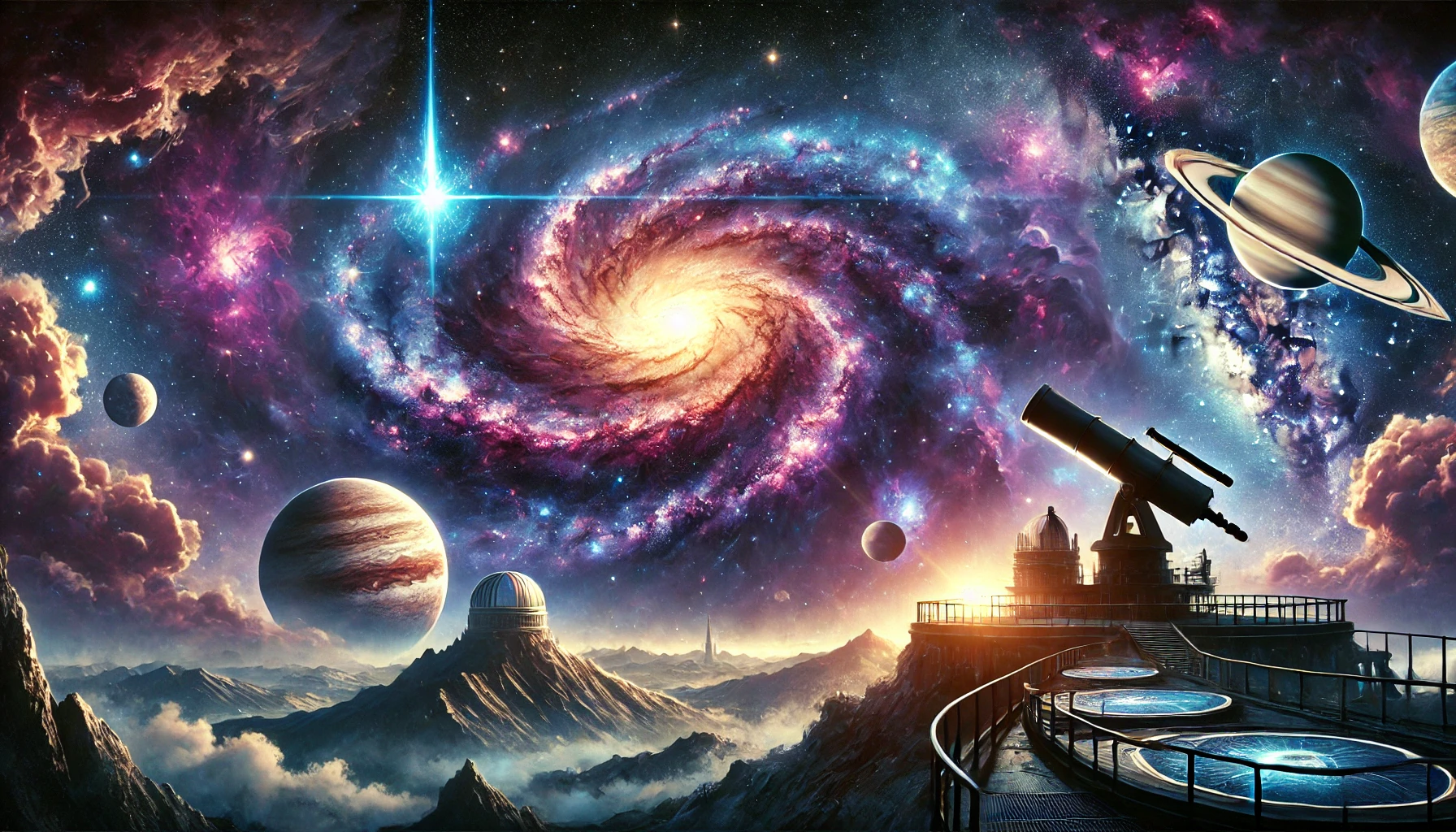
Welcome to Astronomy 12, a course that connects key ideas from chemistry, physics, and earth sciences to help you explore the vast field of astronomy. Through hands-on activities, projects, and discussions, you’ll learn about celestial phenomena and the science behind them. As we study the history and modern discoveries in astronomy, you’ll gain a better understanding of the universe and see how different areas of science work together to explain the cosmos.
Course Resources
- Free Textbook: Astronomy by OpenStax.
- AI Tutor: Astronomy Tutor to support you with this class.
- beta AI Tutor: New Astronomy Tutor
Course Overview
Unit 1: Introduction to Astronomy
- 1.1 A Brief History of Astronomy
- 1.2 The Scale of the Universe
- 1.3 The Celestial Sphere
- 1.4 The Brightness of Stars
- 1.5 Consequences of Light Travel Time
Unit 2: Observing the Sky and Celestial Mechanics
- 2.1 Kepler’s Laws of Planetary Motion
- 2.2 Newton’s Law of Universal Gravitation
- 2.3 Circular Motion
- 2.4 The Structure and Components of Our Solar System I
- 2.5 The Structure and Components of Our Solar System II
- 3.1 Star Formation
- 3.2 Atoms and Elements
- 3.3 Nuclear Fusion
- 3.4 Chemical Composition of Stars
- 3.5 Life Cycle of Stars
Unit 4: Light and Spectroscopy
- 4.1 The Nature of Light
- 4.2 Blackbody Radiation
- 4.3 Atomic Energies
- 4.4 Spectroscopy I: Principles of Spectroscopy
- 4.5 Spectroscopy II: Applications of Spectroscopy
Unit 5: Galaxies and the Universe
- 5.1 Types of Galaxies
- 5.2 Cosmology
- 5.3 Future of the Universe
- 5.4 The Expanding Universe
- 5.5 Dark Matter and Dark Energy
Evaluation
- Summary Notes: 10%
- Assignments and Projects: 40%
- Midterm Exam: 25%
- Final Exam: 25%